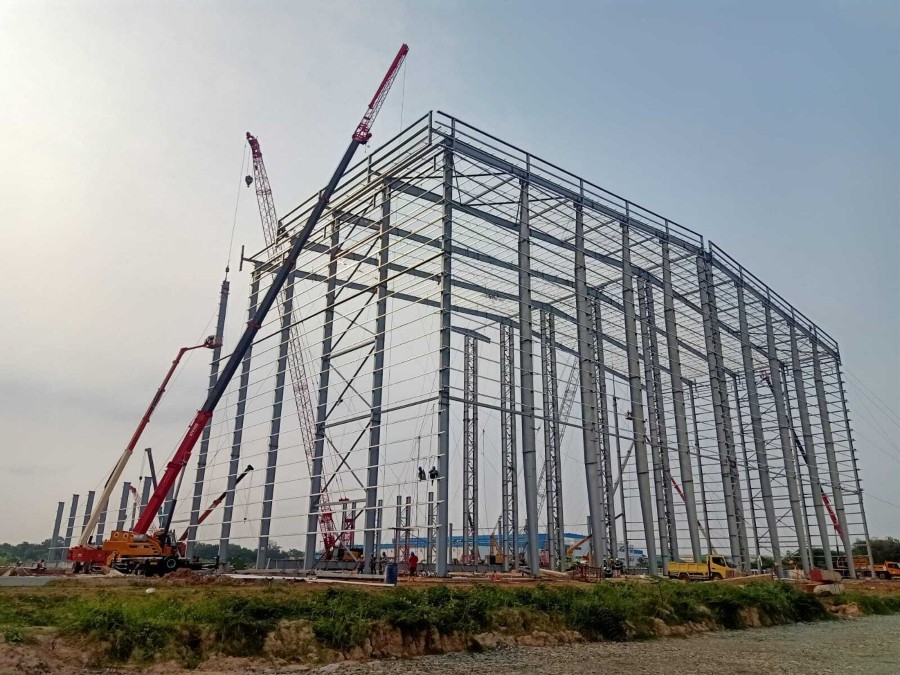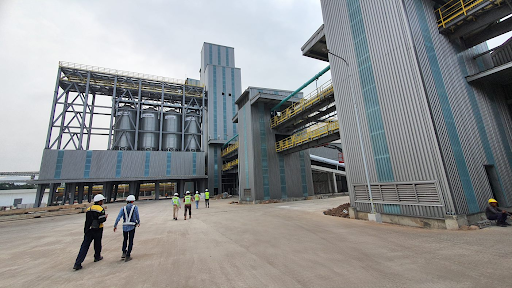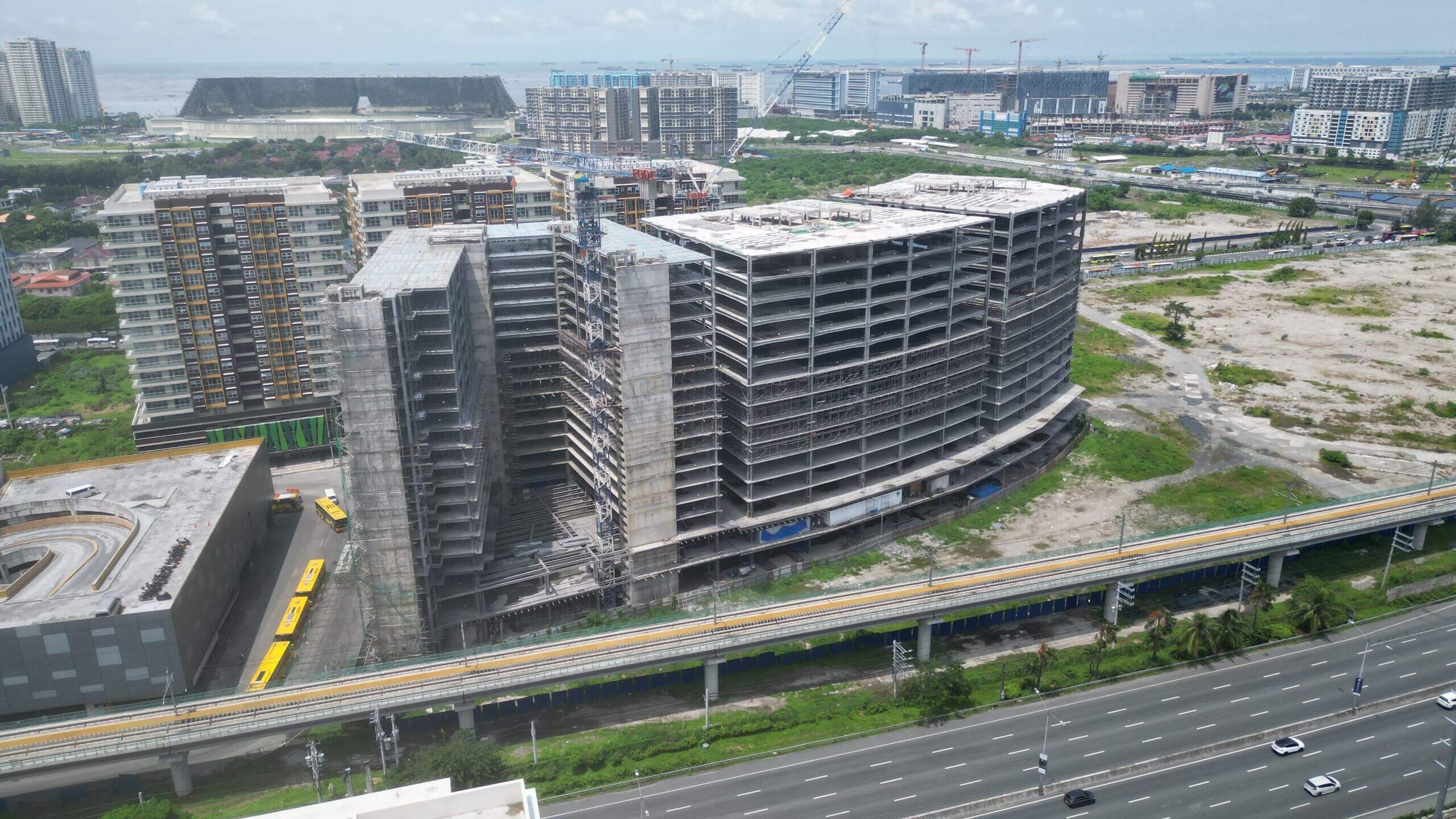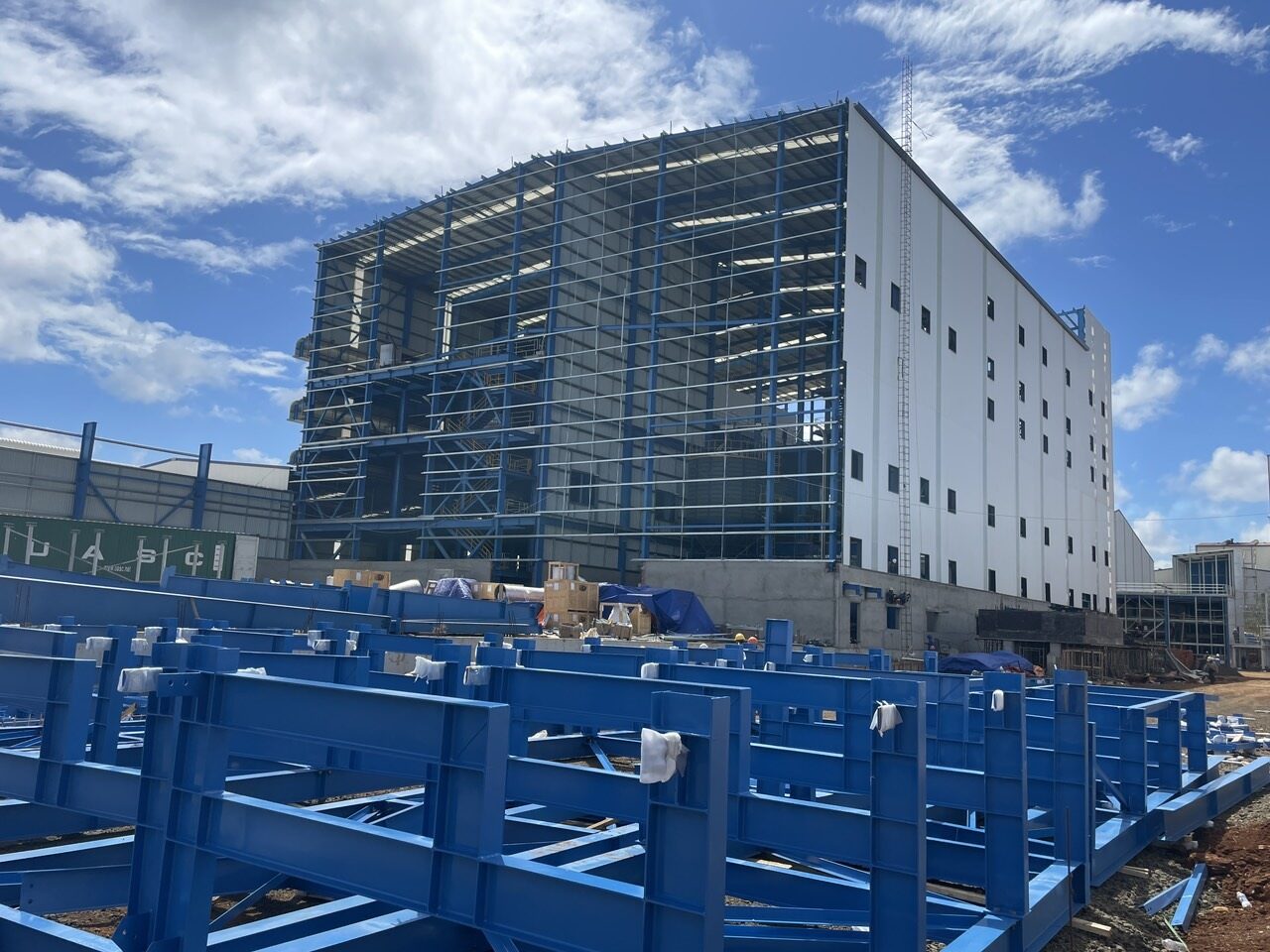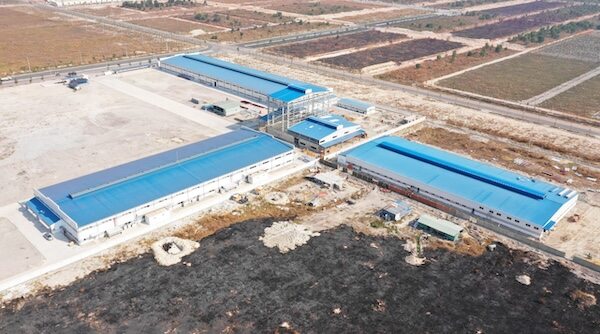Fire-resistant coating is increasingly popular and widely used for its ability to protect steel structures and reduce property damage. However, the application process of fire-resistant coating for steel structures must adhere to strict requirements to ensure performance for the construction. Let’s explore regulations and standards for fire protective coating on steel structures in this article with Pebsteel.
See more: Erection of Steel Structures
1. Regulations for fire-resistant coatings on steel structures
Appendix V of Decree No. 79/2014/ND-CP, issued on July 31, 2014, by the Government, regulates the inspection of materials, and fire-resistant substances for fire prevention and fighting. However, according to Section 5 of Appendix VII in Decree No. 136/2020/ND-CP, issued on November 24, 2020, by the Government, it only stipulates the testing of samples of structures protected by fire-resistant materials.
Accordingly, based on the provisions of Decree No. 136/2020/ND-CP, there is no requirement to conduct inspections on the fire resistance limit of paints, fire-resistant mortar, or materials used in the production of various types of doors, and fire partitions. Instead, the inspection focuses on the fire resistance limit of components such as fire doors, fire partitions, fire dampers, and fire-resistant glass as well as structures like beams, columns, floors, and walls when they are protected by fire-resistant materials such as fire-resistant paint, fire-resistant mortar, or other fire-resistant materials.
Applying the fire-resistant coating method to steel structures aims to elevate the fire resistance level of steel structures constructions. Different types of steel structures, with varying profiles, shapes, sizes, and configurations protected by fire-resistant coating must undergo fire resistance limit testing to obtain specific corresponding results.
Here are the testing standards for various types of structures and fire retardent components:
• Fire doors: Comply with TCVN 9389-2012;
• Fire-resistant glass: Comply with ISO 3009:2003 standards;
• Non-load-bearing separating elements, including curtains, screens, and fire partitions: Comply with TCVN 9311-1:2012 and TCVN 9311-8:2012 standards.
• Ventilation ducts: Comply with ISO 6944-1:2008 standards;
• Fire shut-off valves: Comply with ISO 10294-2:1996 standards;
• Structures protected by fire-resistant materials: Combine ISO 834-10, BS EN 13381, and ISO 834-11 standards.
See more: The Process of Structural Steel And Plate Fabrication
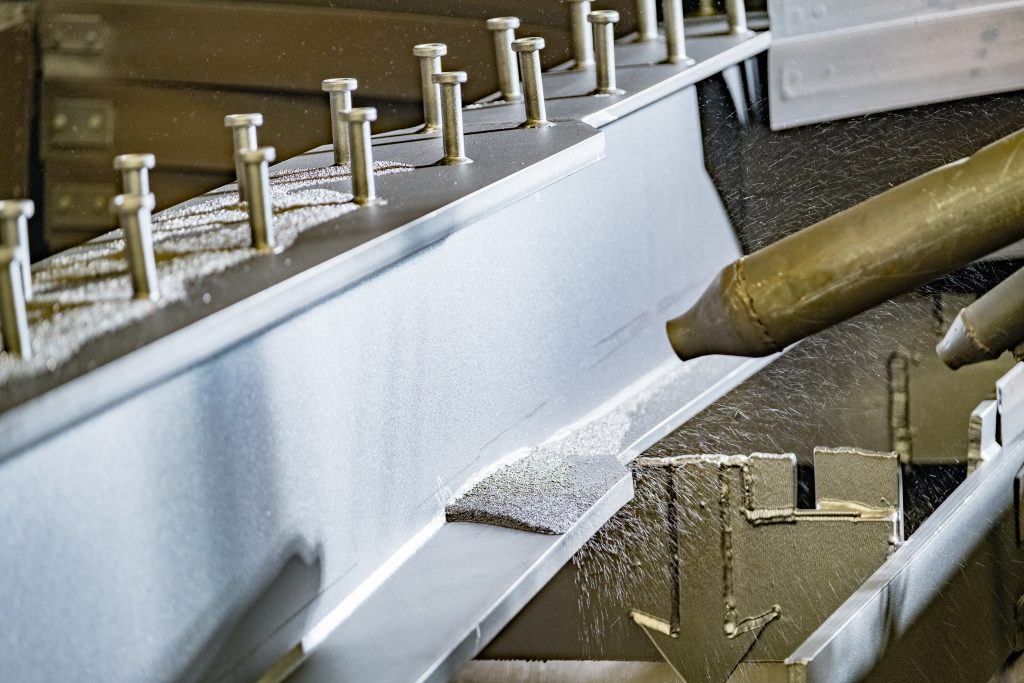
2. Fire-resistant coating process for steel structures
The standard fire-resistant coating process for building that uses structural steel consists of 5 steps: cleaning the metal surface, spraying a suitable anti-corrosion paint layer, applying the fire-resistant paint layer, applying a color coating, and conducting construction acceptance.
See more: Details of Construction Process Of Industrial Factory
2.1. Step 1: Clean the metal surface
The purpose of this step is to ensure better adhesion and enhance aesthetics upon completion of the fire-resistant paint layer. The metal surface needs to be cleaned according to the SA 2.0 standard or higher. This involves removing dust, oil, old paint, and other dirt by sandblasting thoroughly, followed by cleaning with compressed air or using a brush.
2.2. Step 2: Spray a suitable anti-corrosion paint layer
The primer paint plays a crucial role in preventing rust on steel and creating adhesion for the fire-resistant paint layer. After completing the primer, it is necessary to perform a full inspection following the specifications of TCVN 8789:2011 regarding adhesion before proceeding to the next coating step.
2.3. Step 3: Apply the fire-resistant paint layer
Completing this process is crucial, as the fire-resistant paint layer is designed to resist fire and protect the steel structures. The fire resistance time of this paint layer depends on the thickness of the sprayed layer, so it is necessary to use a paint thickness measurement tool to check after completion. For the painting process, using a spray nozzle ensures a smoother surface. Finally, the painter must ensure that the paint layer is dry and meets the standard thickness after completion.
2.4. Step 4: Apply the color coating
While the fire-resistant paint layer serves a protective function for steel structures and is not used for decorative purposes during construction, this layer of paint enhances the aesthetic appeal.
2.5. Step 5: Conduct construction acceptance
The quality acceptance process according to the national standard TCVN 8790:2011 includes three steps to inspect the quality of fire-resistant paint application:
• Check the drying time of the paint layer, following the manufacturer’s specifications.
• Inspect the thickness and adhesion of both the anti-corrosion layer and all paint layers.
• Check the coverage of paint on bolt head edges, multiple steel layer joints, and other defects to guide construction workers in adhering to the correct technology as specified by the manufacturer.
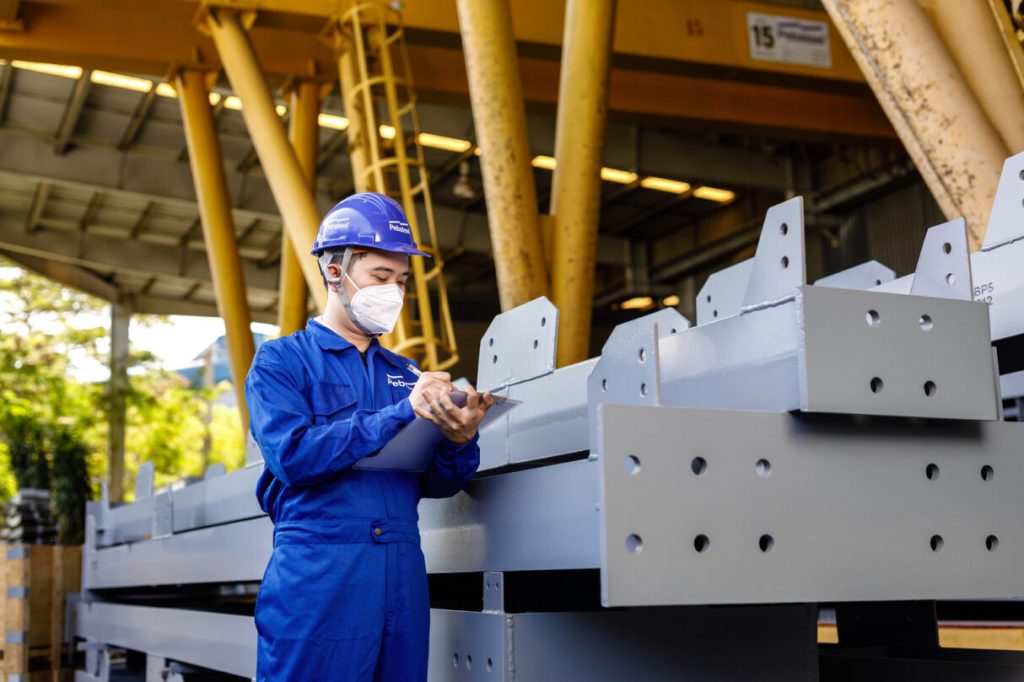
3. Conclusion
The above information provides regulations and standards for fire-resistant coating on steel structures, ensuring quality and enhancing fire resistance capabilities for constructions.
Pebsteel, a leading steel structure fabricator in vietnam, will provide you with top-quality, convenient, fast, and efficient structural steel solutions. Please get in touch with Pebsteel by phone at +84 908 883531 or by email immediately at Marketing@pebsteel.com.vn if customers require comprehensive solutions for pre-engineered steel buildings and steel structures.
*** This article is intended to provide general information about the pre-engineered steel building and steel structure industry only. For further details or clarification based on your needs, please contact Pebsteel directly.






